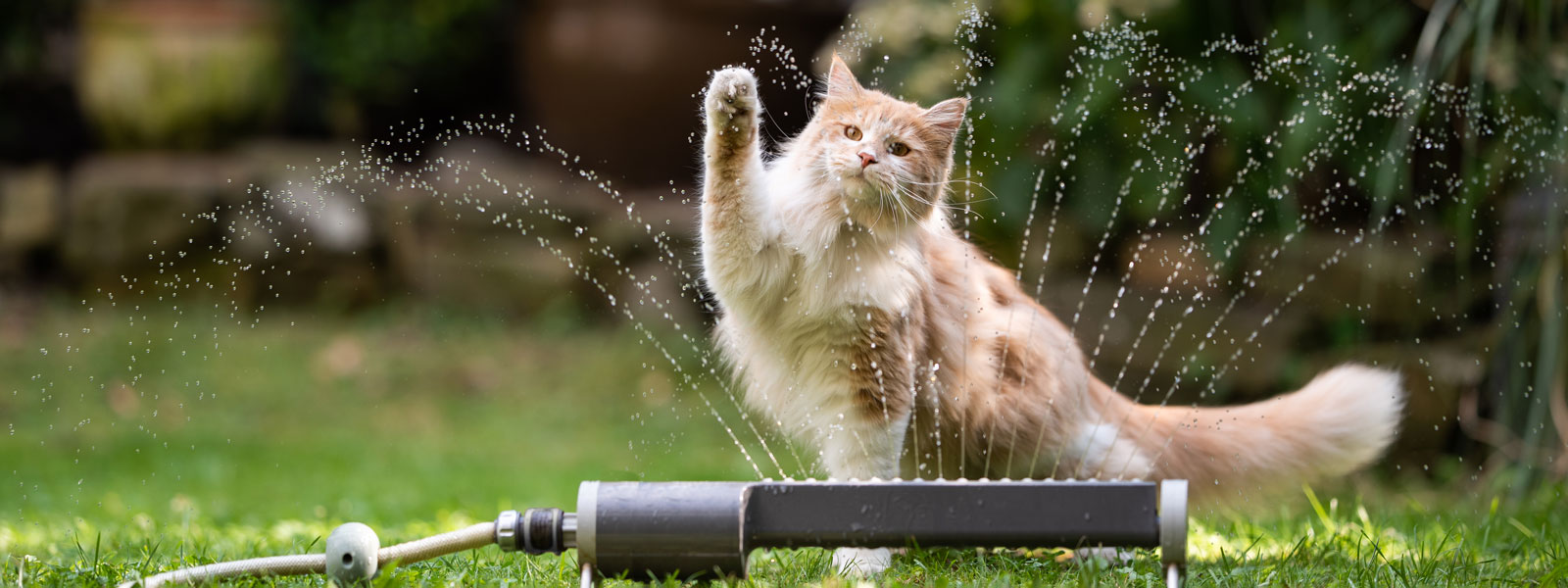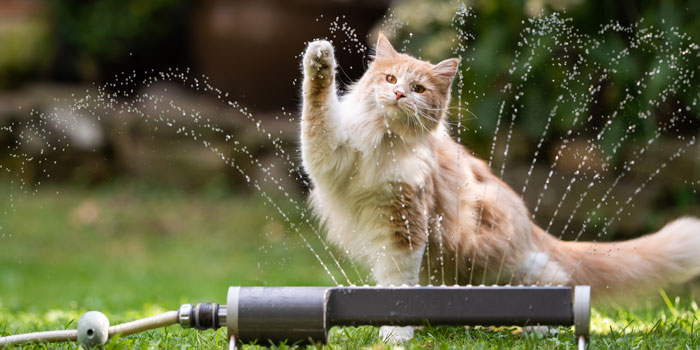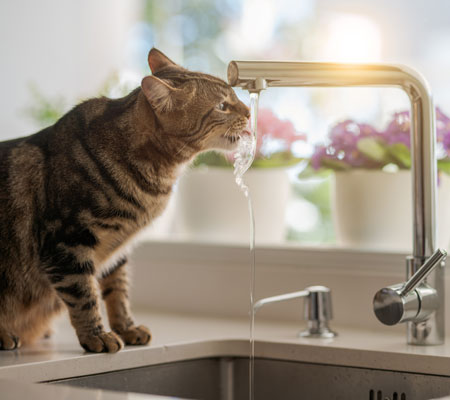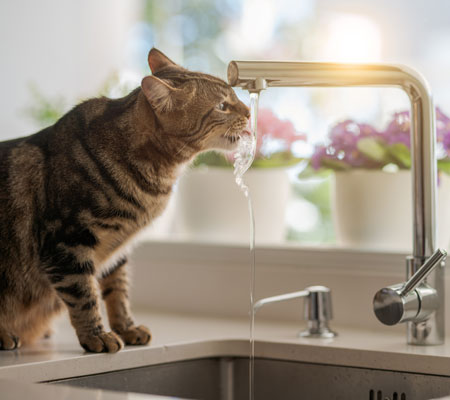My Cart
Subtotal :
Incl. VAT
Loading...
Checkout using your account
This form is protected by reCAPTCHA - the Google Privacy Policy and Terms of Service apply.
Checkout as a new customer
Creating an account has many benefits:
- See order and shipping status
- Track order history
- Check out faster









The information below is required for social login
Sign In
Create New Account